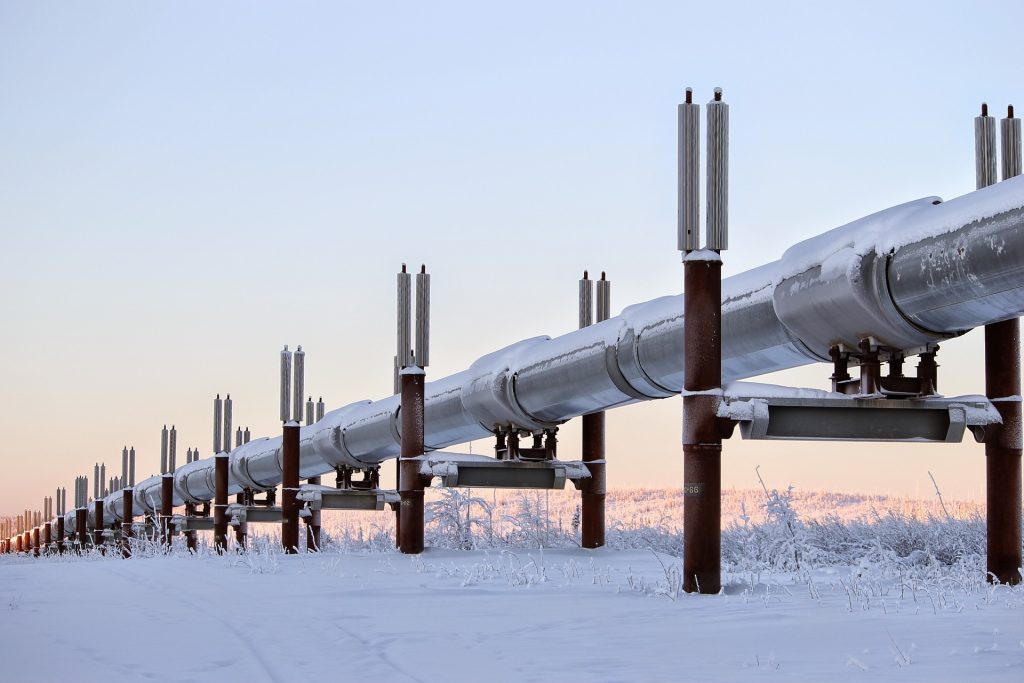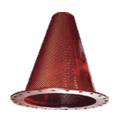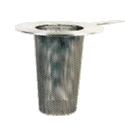Conical Strainers for Pipeline Systems

Conical strainers are important devices used in pipeline systems. These strainers are used to remove unwanted solids and debris from liquids and gases as they flow through the pipeline. They come in many different sizes and shapes and can be made from a variety of materials such as stainless steel, brass, and plastic.
The Importance of Conical Strainers
There are several reasons why conical strainers are used in pipeline systems. The first reason is that they can remove unwanted solids and debris from the liquid or gas before it enters the system. This helps to prevent clogs and blockages, which can cause problems with the flow of the liquid or gas. Additionally, conical strainers help to protect downstream equipment from damage caused by foreign objects in the fluid stream. Additionally, these strainers also help to prevent liquid and gas from escaping the pipeline system. This helps ensure that pipelines meet environmental regulations and safety standards.
How Do Conical Strainers Work?
The process of inserting a conical strainer in a pipeline system is relatively simple. The strainer is placed on the end of the pipe, and then the pipe is inserted into the opening on the strainer. The strainer is then secured in place with the attached screws or clamps. Conical strainers can be made from an array of materials and installed in different ways. However, the process to filter liquids and gases remains relatively similar because all types of conical strainers rely on the same basic principles.
A conical strainer is usually found on the end of a pipe that is pointing downwards with circular holes throughout it but its shape varies depending on what needs to be filtered out. When contaminants enter these holes they will not make it to the other end because every hole has spacing between them so they will clog up or pass up if there isn’t any space available for them anymore due to the pipe already being clogged up. Conical strainers are used to capture debris that might be blocking liquid flow or gas flow. The liquid then flows out of the end pointing upwards with smaller holes around it approximately 3mm apart.
Sizes And Materials
The size of a conical strainer will vary depending on the size and type of fluid it is designed to handle. The smallest size can be as small as one inch for smaller liquid lines, but can also be as large as 18 inches for extremely large liquid lines.
When choosing a conical strainer, the construction material is one of the most important considerations. Many strainers are made from stainless steel, aluminium, or plastic.
- Stainless steel conical strainers are efficient and offer excellent protection against corrosion and rusting. In addition, they are easy to clean and they are durable. However, stainless steel strainers must be used with compatible materials in order to avoid compatibility issues. For example, alloy 20 can cause pitting corrosion when it comes into contact with carbon steel.
- Aluminium conical strainers are designed for use with hydrocarbon liquids or gases that do not contain any water vapor. Aluminium strainers are lightweight, but they can corrode when exposed to acidic or alkaline liquids (for example benzene). Further, aluminium conical strainers cannot be used with steel pipes because of corrosion issues.
- Plastic conical strainers are the least expensive option available. However, they are not durable or resistant to corrosive liquids. Plastic strainers can be used with a variety of compatible materials, but they need to be inspected regularly to ensure that the interior of the strainer does not become worn or warped.
If you are looking for conical strainers, you will need to decide the size, material, and type of strainer you need. You will also need to decide the size and type of pipe the strainer will be attached to. Additionally, you will need to choose a compatible construction material for the strainer and pipe. This will help ensure that the pipe system works properly.
The Benefits Of Conical Strainers
- Conical strainers help to prevent clogs and blockages in pipelines, which can cause problems with the flow of liquid or gas.
- Conical strainers help protect downstream equipment from damage caused by foreign objects in the fluid stream.
- Conical strainers also help to prevent liquid and gas from escaping the pipeline system, ensuring that pipelines meet environmental regulations and safety standards.
- Conical strainers require little maintenance-few moving parts, so they are easy to maintain and do not require a lot of upkeep.
- Installation is relatively simple. Most conical strainers can be inserted into pipelines without any special tools or equipment.
If you are looking for conical strainers, it is important to decide on the size of your strainer and type before considering the construction material. This will help ensure that your pipe system does not clog or leak due to low-quality pipes or incorrect materials being used with different types of fluids. The benefits of a conical strainer include protection from debris in pipelines as well as downstream equipment, preventing liquid escape through leaks, easy maintenance without many moving parts, and installation which usually requires no special tools.

